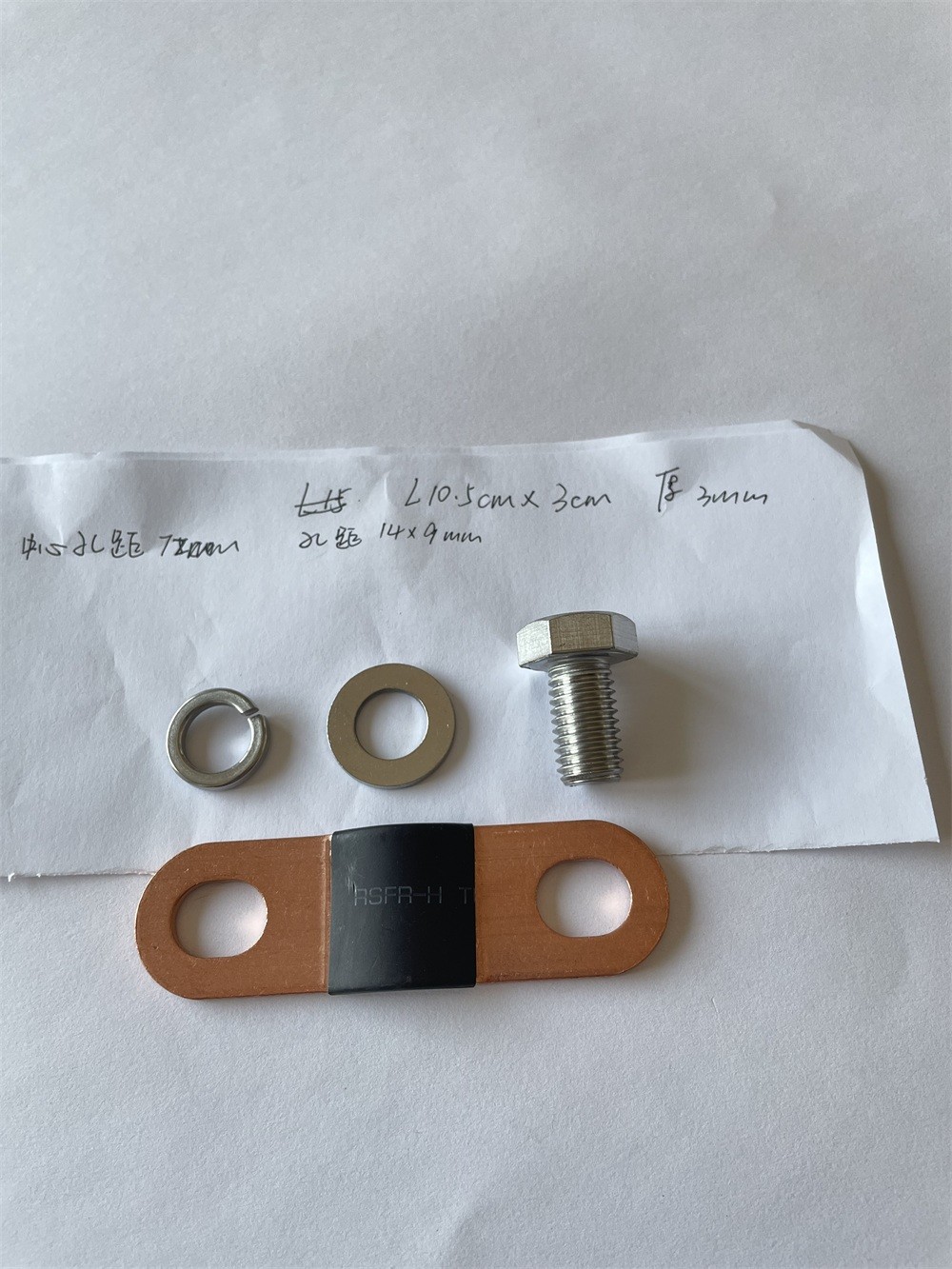
Battery terminal connectors are essential for maintaining a reliable flow of electricity in vehicles, boats, solar power systems, and various battery-powered applications. A secure connection ensures safety, optimal performance, and longevity of your electrical system. In this comprehensive guide, we’ll explore the most common types of battery connectors, provide expert advice on how to select the right one, and walk you through how to install battery terminal connectors properly.
Battery terminal connectors are specialized components designed to create a stable, conductive link between a battery and the electrical devices it powers. These connectors are usually made from highly conductive metals like copper or brass, ensuring minimal resistance and maximum efficiency in power transfer.
Without proper connectors, batteries can't deliver consistent power to their intended devices. Whether you're running a vehicle, an off-grid solar setup, or heavy-duty industrial equipment, using the right connector is critical for system integrity.
Knowing the different types of battery connectors can help you choose the right one for your specific application. Here's a breakdown of the most widely used connectors:
Post terminals are perhaps the most recognizable and are commonly used in automotive batteries. They consist of a threaded stud that provides a strong mechanical and electrical connection. These are ideal for cars, trucks, and industrial equipment where a stable, long-term connection is needed.
Lug connectors are U-shaped and designed for heavy-duty use. Typically made from copper or aluminum, these are used in electric vehicles, solar systems, and backup battery banks. Their robust design handles high currents and is ideal for large-gauge wiring.
These connectors feature spring-loaded clamps that make temporary connections easy. Often used in battery testing, jump-starting, or short-term applications, clamp connectors are convenient but not intended for permanent use due to their limited grip strength.
Ring connectors have a circular opening that fits over a post or stud. Designed for secure and semi-permanent installations, they’re common in automotive wiring, boats, and inverter systems. They come in various sizes and work well with many wire gauges.
Flag connectors are flat and rectangular with a hole for securing to posts or wires. Often used in fuse boxes and relays, they’re favored for their ease of installation and removal in tight spaces.
Splice connectors are used to join two or more wires. Available in crimp, twist-on, and heat-shrink varieties, these are ideal for custom electrical setups, repairs, and DIY projects. They vary in durability depending on the type and intended use.
Selecting the right terminal connector isn't just about fit—it affects performance, safety, and the lifespan of your system. Here’s what to look for:
Different environments demand different connector types. Automotive and marine applications require rugged, corrosion-resistant connectors. Solar power systems may require heavy-duty lugs for thick cables.
Always opt for connectors made from high-quality materials like pure copper or brass, which offer superior conductivity and corrosion resistance. Avoid low-grade alloys that degrade quickly and compromise performance.
Ensure the connector you choose matches the wire gauge. A mismatch can lead to overheating, voltage drops, or even system failure. Most connectors are labeled with compatible wire sizes.
Moisture, heat, chemicals, and dust can all affect your battery connection. Choose connectors with weatherproof or sealed designs for harsh environments like marine or off-grid solar setups.
Some connectors require crimping tools or heat guns, while others are simple bolt-ons. If you're working on a quick DIY repair, go with user-friendly options. For professional installations, prioritize long-term performance over convenience.
Look for connectors that meet UL, CE, or RoHS certifications. Features like insulated jackets, strain relief, and locking mechanisms add an extra layer of safety, especially in high-current systems.
Incorrect installation can lead to sparks, corrosion, or even battery failure. Follow these steps for a reliable connection:
Before you begin, ensure that the battery is disconnected from all power sources. Wear protective gloves and eyewear to prevent electrical accidents.
Choose a connector compatible with your battery terminal type (top post, side post, etc.) and the wire gauge you're working with.
Remove any corrosion, oxidation, or grime using a wire brush or battery terminal cleaner. A clean surface ensures maximum conductivity and reduces resistance.
Align the connector over the terminal post, observing the correct polarity. Place the positive terminal first, followed by the negative.
Use the appropriate tools (wrench, screwdriver, or crimper) to tighten the connection. Don’t overtighten, as this can damage the connector or strip the threads.
Gently wiggle the connector to make sure it’s firmly in place. Loose connections can lead to arcing, which may cause damage over time.
Use a multimeter to check voltage or power up the connected device to verify functionality. Ensure that no cables are heating up or making abnormal sounds.
Battery terminal connectors might seem like a small detail, but they have a big impact on system reliability. Choosing the right type ensures smooth electrical flow, while proper installation prevents costly issues like corrosion, power loss, or safety hazards.
Whether you’re maintaining a car battery, setting up a solar energy system, or working on industrial machinery, understanding how to choose and use battery connectors will keep your system running efficiently. Always invest in quality materials, consider the operating environment, and follow best practices for installation and maintenance.
Next:Sungrow Inverters Receive Full Grid Compliance Approval in Brazil
Previous:Nebula Solid-State Battery Line Powers National Initiative
Contact Person: Miss. Elsa Liu
| WhatsApp : | +8617763274209 |
|---|---|
| Skype : | +8617763274209 |
| WeChat : | 17763274209 |
| Email : | Elsa@lifepo4-battery.com |